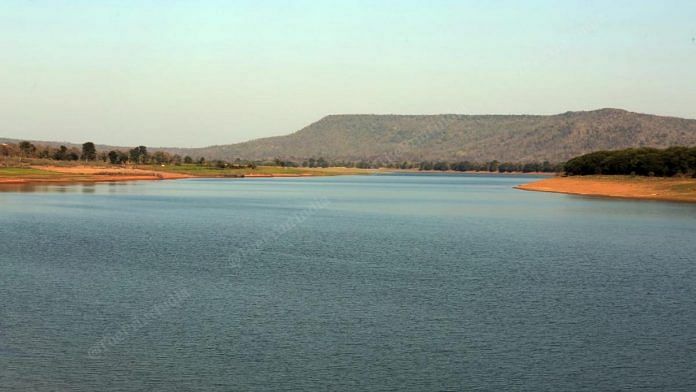Panna/Jhansi: Sudhir Singh is a little weary of relying on God, even if blessings do sometimes rain down.
A farmer who owns six acres of land in Mathaund village, Banda district, Uttar Pradesh, he says he depends mostly on rainfall for irrigation, “which is all in God’s hands”. Last year, the heavens obliged and his crops survived, but he can never be sure about the next time.
What is certain now, though, is that the Government of India is finally barrelling forward with the Ken-Betwa Link Project (KBLP), which has until now been slowly trickling along the pipeline for more than a decade.
The Rs 44,605 crore project will connect the Ken and Betwa rivers in the dusty, drought-prone Bundelkhand region and is expected to benefit people living in 10 districts across two states: Banda, Mahoba, Jhansi, and Lalitpur in Uttar Pradesh (UP), and Tikamgarh, Panna, Chhatarpur, Sagar, Damoh, and Datia in Madhya Pradesh (MP). The linking of the rivers is expected to take about eight years to complete once work begins.
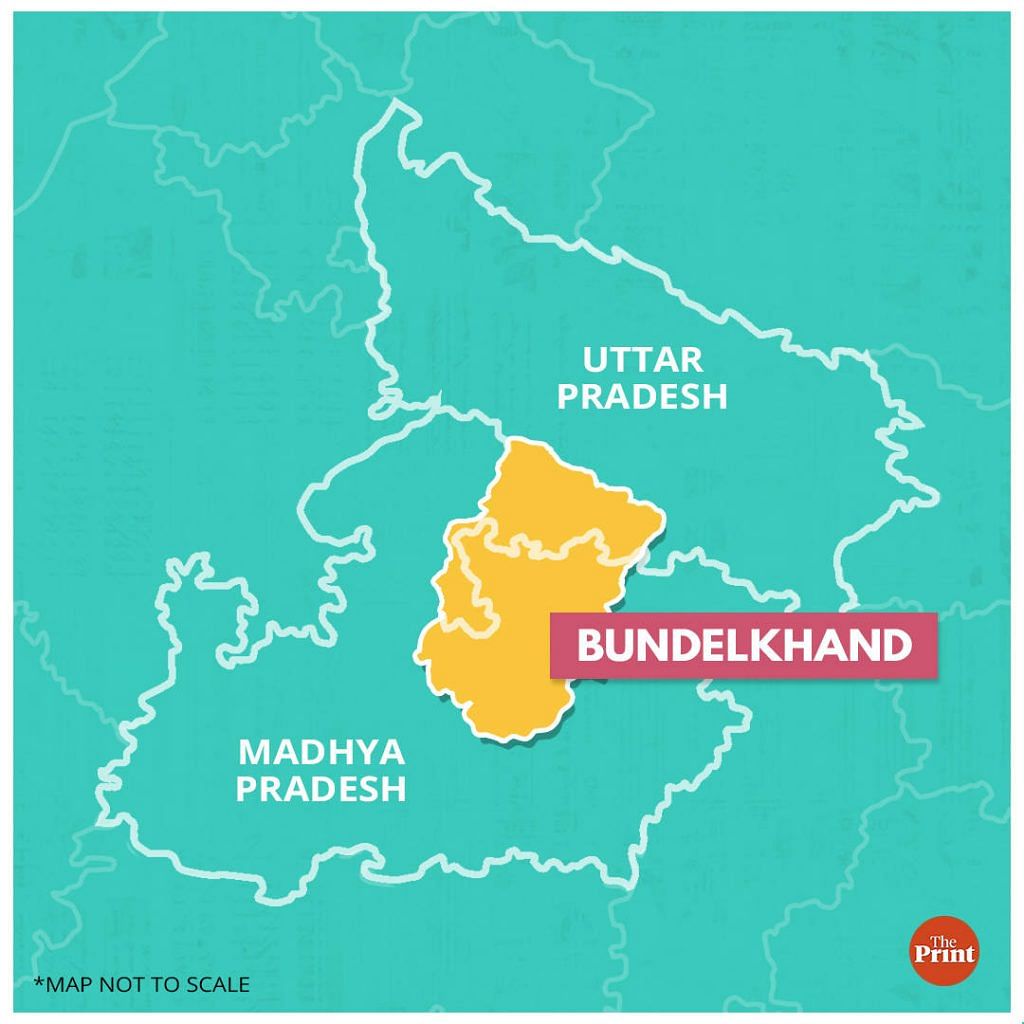
Sudhir Singh doesn’t know the details of how it will all pan out, but he is optimistic about his water woes abating — he’ll wait and see, as he is quite used to doing.
The action, however, has started. A month after Finance Minister Nirmala Sitharaman announced in her Budget speech that the project would be taken up, officials in Delhi, UP, and MP are busy getting the ball rolling, and shaking off some dust along the way.
However, even as plans firm up, questions and concerns remain about rehabilitation of displaced villagers, environmental damage, climate impact, wildlife preservation, especially in the Panna Tiger Reserve, where 10 per cent of the core wildlife area stands to be submerged, and whether this is an effective irrigation plan for the region at all — which the government maintains it is.
ThePrint travelled across the vast, undulating, and often arid, countryside of the Bundelkhand region to find out how the ‘beneficiaries’ or the ‘affected’ (depending on who you speak to) are taking the news, and also spoke to government officials and experts about the benefits as well as the potential weak spots of the project.
Also Read: A tale of two Bundelkhands: UP cuts a sorry figure compared to MP in all sectors, data shows
What the project proposes to do
The Ken-Betwa Link Project has its genesis in a much larger vision that first took shape in 1980 as the National Perspective Plan. The KBLP also happens to be the first component of this plan that is actually expected to be realised in the foreseeable future.
The NPP envisaged interlinking 30 rivers across India — 14 Himalayan and 16 peninsular — with a view to evenly distributing water throughout the country. To bring the plan to life, the National Water Development Authority (NWDA) was formed in 1982 and tasked with assessing its feasibility.
By 2002, a new National Water Policy included transfers from “surplus” to “deficit” basins, as a viable option for economic, agricultural, industrial, and urban development.
The wheels of the project to link the Ken and Betwa rivers — both tributaries of the Yamuna — creaked into motion in 2010, when the NWDA drafted its first detailed project report (DPR) for the project.
According to the summary document, the KBLP seeks to take the “surplus waters” of the Ken basin to the “water-deficit areas” of the upper Betwa basin. This, it is proposed, will be done by building a reservoir and dam on the Ken and channelling the surplus water to the Betwa via a link canal.
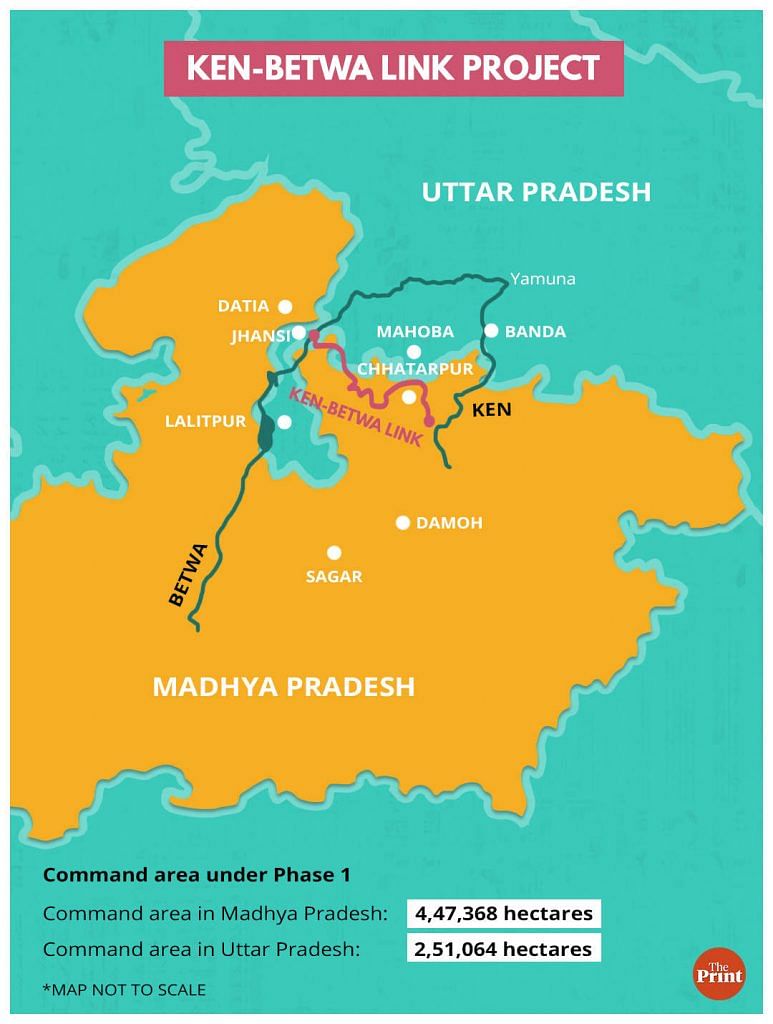
The project is expected to help irrigate 10.62 lakh hectares of land and provide 62 lakh people with drinking water in parched Bundelkhand, which receives only 80 to 90 cm of rain a year on average and fares poorly on human development indices, due to poverty, lack of industrialisation, and out-migration.
“The undulating topography of Bundelkhand is marked with recurrent droughts, crop failures and increasing uncertainties of life-giving monsoon,” Bhopal Singh, director general of the NWDA, told ThePrint over email.
“There is a need for a project of a scale which will help in harnessing the flood water during the monsoon period and stabilise the water availability in the region in the lean period, particularly during drought years,” he added.
The hope is that a steady supply of water will reduce crop failure and food scarcity, improve livelihoods, and pull the region out of poverty.
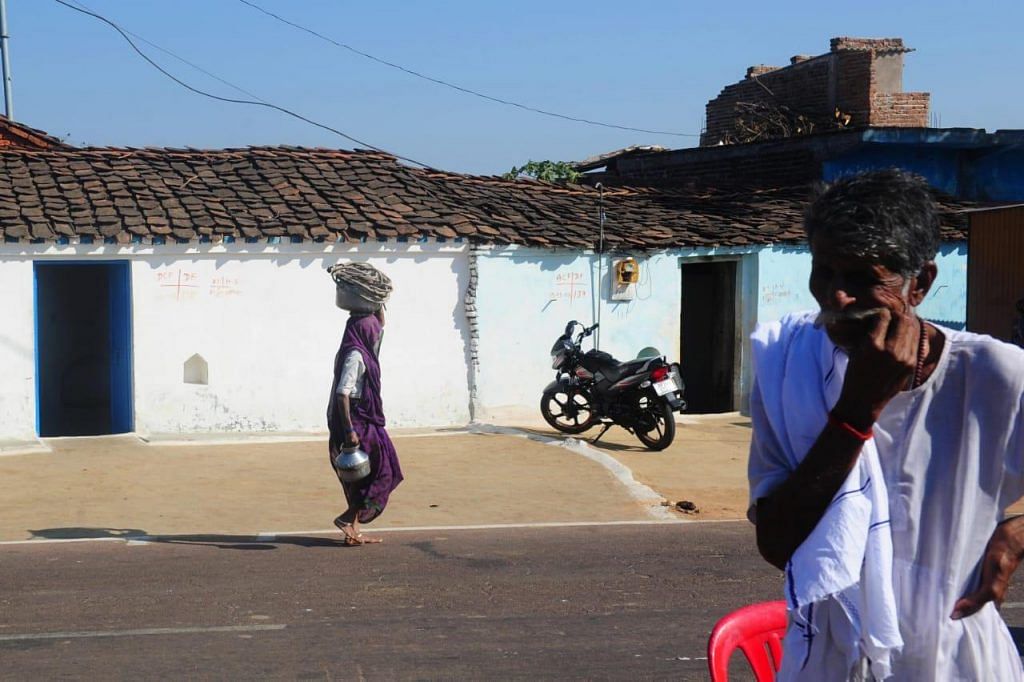
Already, the government has constituted the Ken-Betwa Link Project Authority — a special vehicle in charge of implementing the project — and moved to acquire land for the dam, which will form the bedrock of the scheme.
The KBLP will be completed in two phases. Phase I of the plan includes the Daudhan dam in MP and the link canal, while Phase II includes the Lower Orr dam, the Bina Complex Irrigation Project, and the Kotha Barrage along the Betwa River.
Raghavendra Kumar Gupta, executive engineer of the NWDA in Jhansi, told ThePrint that construction of some parts of the second phase of the project has already started.
Once work on the first phase begins, it is expected to go on for eight years, which means the project will be functional by 2030 at the earliest.
A parched land, but not everyone’s equally ‘thirsty’
Geeta Yadav of Lakheri village in Tikamgarh, MP, says she hopes the river link project will benefit the area. The rains in this region have been poor and it is difficult to draw water from the ground because of the rocks beneath the surface.
Like farmer Sudhir Singh of Mathaund in Banda, she is only cautiously optimistic. “There are so many irrigation schemes around us, so many dams with canals that have not yet reached our village in years. So, we will wait and see,” she says.
There are at least three major dams along the Betwa and four along the Ken that are already supplying parts of Bundelkhand with water.
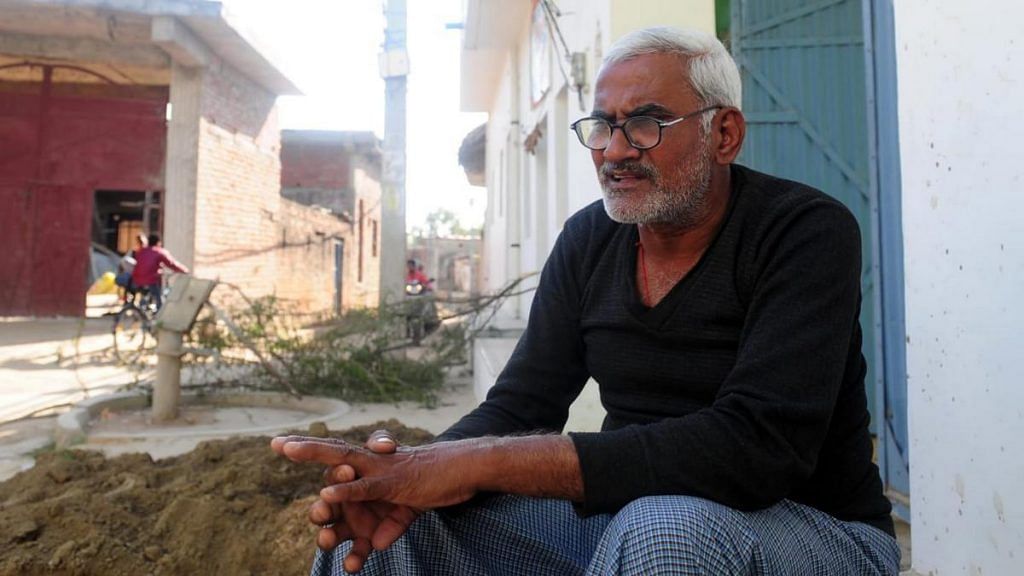
State and central governments have spent crores on schemes to mitigate Bundelkhand’s water crisis, but it persists because they have reportedly not been fully implemented, and drought in the region is multi-faceted.
In recent decades, rainfall patterns across Bundelkhand show wide variation, swinging from flash floods to severe drought across several districts.
An analysis by the National Institute of Disaster Management (NIDM) found that meteorological droughts in the region caused by insufficient rainfall are exacerbated by a combination of low moisture in the soil (agricultural drought), and low levels of surface and groundwater (hydrological drought).
Despite water scarcity, cropping patterns have also changed such that wheat and rice — both water-intensive — are the most popular crops to sow during the rabi and kharif seasons.
Officials with the NWDA believe the Ken-Betwa project will ease the plight of farmers because it will assure irrigation during the summer months, when the land is most parched.
“Ninety-two per cent of the command area in Madhya Pradesh will get water through a pipeline,” Raghavendra Kumar Gupta, executive engineer of the NWDA in Jhansi, says.
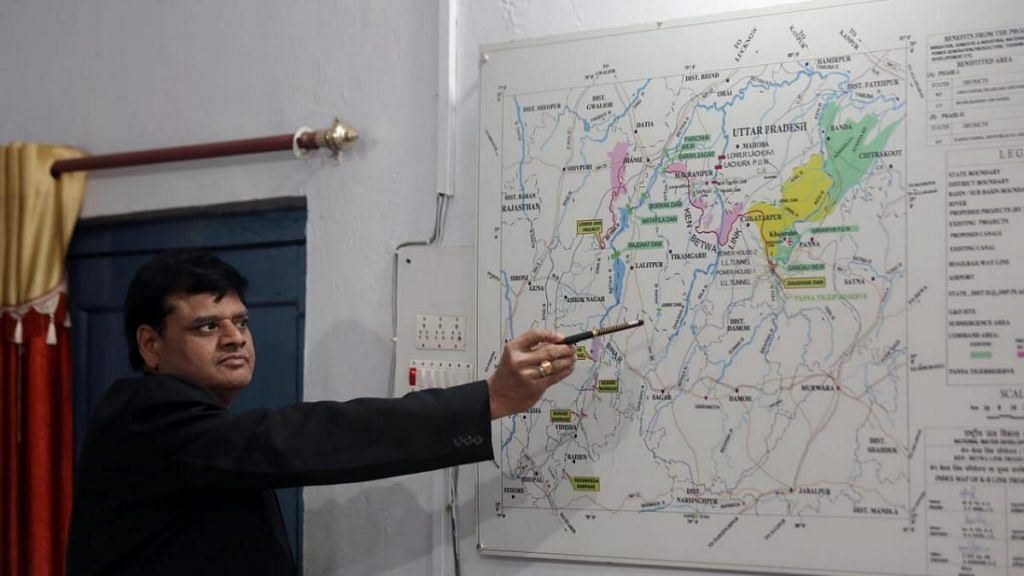
However, Bundelkhand’s rainfall, availability of groundwater, and topography are surprisingly divergent across districts. This has also affected people’s response to the canal.
In Bhagatpura, a few kilometres away from Lakheri, the blow of insufficient rain was cushioned this year by the availability of groundwater, because rocks don’t come in the way.
The 221-kilometre canal will run through this village, but the farmers here have been up in arms about giving up their land. As a symbol of protest, some residents even removed the boulder marking the canal’s route.
“We have tilled this land for generations, and now the government expects us to give it up for some money? We will give our lives, but not our land,” farmer Jaipal Singh Yadav says. His four-acre farm of wheat, mustard, and peas will likely be destroyed by the canal.
“Our loss will be too much to bear if we give up our land. It is our sustenance. What will we do with water if we have no land?” he adds, while other farmers nearby shout out in agreement.
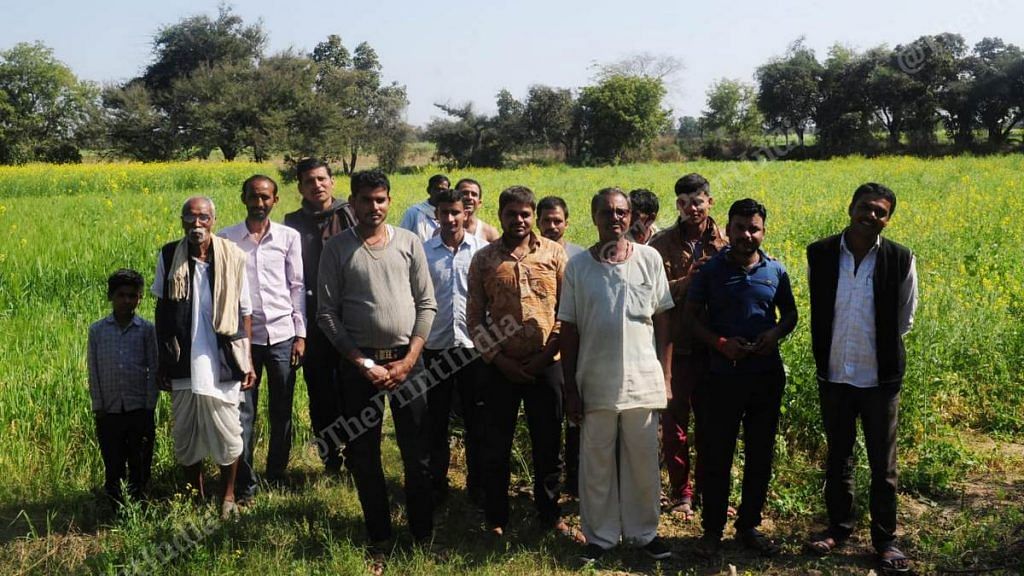
Some experts also believe that the focus on canals and dams does not take into account the complexities of the region and could have deleterious climate impacts.
Seema Ravandale, a researcher with the People’s Science Institute, a Dehradun-based non-profit engaged in research and development, says the region’s varying topography and hydro-geology play an important role in determining what irrigation methods will work in these contexts. In a working paper, Ravandale along with other researchers noted that there was a “significant dependence on specific irrigation strategies (including canals and dams) and persistent neglect of traditional water harvesting facilities”.
“The problem with large dams and canals is that they don’t always achieve end-mile delivery. When they do, they don’t release water on time, which causes a lot of stress to farmers. There are plenty of examples of big dams not serving their purpose because of a build-up of silt. There’s no guarantee that this won’t happen to the Daudhan dam in the years to come,” she says.
In 2019, a Supreme Court-appointed committee also raised questions about the efficacy of the Ken-Betwa project and said that other methods of irrigation ought to be considered before moving ahead with it.
According to Bhopal Singh, this recommendation was deliberated and it was decided that the “Ken-Betwa Link Project is the best option to meet the irrigation needs” of Bundelkhand.
Is there enough river water to go around?
A fundamental point of contention among critics is whether the Ken River, which swells through the monsoons but tends to run dry during the summer months, really has “surplus” water at all to give.
According to the Memorandum of Association signed by the governments of MP and UP in March 2021, the Daudhan dam is expected to hold 6,590 million cubic metres (MCM) “or more” of water in a normal year. Of this, 2,350 MCM will be utilised by MP and 1,700 MCM will be for Uttar Pradesh.
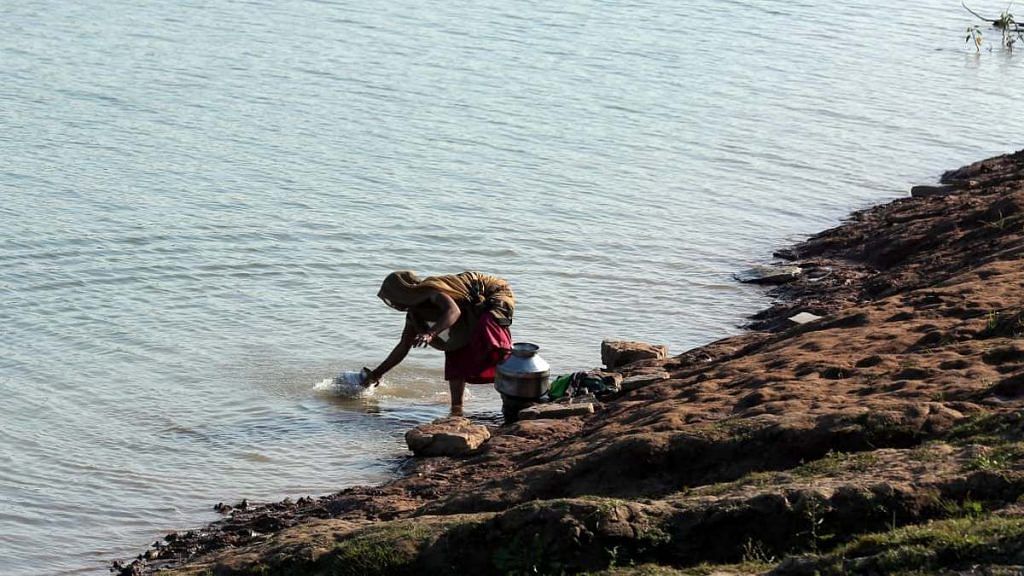
The issue of water-sharing has been a point of dispute between both states for years. Till March 2020, MP and UP had not reached a consensus on how much each state should get. An investigation by TheWire found that the water-sharing agreement in the MoA was arrived at without conducting a fresh hydrological survey, even though Uttar Pradesh demanded a higher supply of water, which was ultimately denied.
“Conducting another hydrological survey is not favourable. It is possible that the availability of water will reflect differently, and that will cause fresh debates and disagreements on the water-sharing ratio,” a senior NWDA official, who does not wish to be named, says.
The hydrological data in the Ken river is nearly two decades old and classified for security reasons, because it is part of the Ganga-Brahmaputra-Meghna basins, which also run through Bangladesh and Myanmar.
Bhopal Singh says the hydrological studies were carried out by the National Institute of Hydrology in Roorkee, and vetted by the Central Water Commission. Gauge and discharge data of the Ken had been collected from Banda till 2020, revealing “that there is no depressed availability of water” in the river.
“The hydrological studies of the project have been carried out scientifically based on authentic data, established principles [and] CWC guidelines and are absolutely correct and viable,” he adds.
Himanshu Thakkar, a river researcher and former member of a government committee on river interlinking projects, who is currently challenging the project’s wildlife clearance in the National Green Tribunal, points out that the data hasn’t been independently reviewed.
“The truth is that the Ken river does not have a surplus of water to give, but we are expected to believe it without questioning,” he says.
A.K. Bajaj, former chairman of the Central Water Commission, dismisses concerns that the Ken does not have adequate water to give, saying, “The government has an adequate number of places to collect data, and it is accurate.”
The Ken-Betwa project, however, continues to face scrutiny from experts and environmentalists on several other fronts.
The forest and environment clearances granted to the project have been challenged in the courts by petitioners who say the resulting damage will be irreversible, which is a charge that the government has contested.
Climate change worries
There is a possibility that such a large-scale project will exacerbate changes in precipitation and the monsoon in the long-run, some experts say.
Dr Subimal Ghosh, a climate scientist at the Indian Institute of Technology (IIT), Bombay, found in a 2019 study that irrigation methods in north and north-west India had an impact on rainfall patterns across central India. He’s now investigating the climatic changes that could result from the Ken-Betwa Link Project, using past observational data.
“It’s not just about hydrology or the amount of water on land. Interlinking rivers has to do with oceanic systems, atmospheric systems. We are diverting runoff water that is meant to go to the ocean, which will affect salinity and biochemistry. Changes in the ocean’s acidity will have an effect on the monsoon,” he says.
The important question to ask, he adds, is how this could be controlled in a way that does not interfere with these larger climatic processes.
According to an index by the Council on Energy, Environment and Water, the Bundelkhand region is not adequately prepared for future droughts. In its recommendations, the NIDM said policies in Bundelkhand should encourage dry land agriculture and the rejuvenation of traditional water systems — tanks and talabs, among others — to better adapt to climate change.
Former Central Water Commission chairman A.K. Bajaj, however, says climate change is not a cause for worry when it comes to the Ken-Betwa project, and that the proposed reservoir is big enough to catch excess rainfall and store it to compensate for drought years.
“The effort of hundreds of engineers has gone into this project. So many people cannot be wrong,” he says. “The project is technically sound, and it will work as planned. Small irrigation projects are appropriate for local areas, but you need something of this scale to solve Bundelkhand’s water problem.”
However, some experts fear that one big problem the project poses is to the area’s forests and wildlife.
Concerns about wildlife, officials say they are ‘serious’ about conservation
In MP’s Panna Tiger Reserve, about 10 per cent of the core tiger habitat — is expected to be submerged for four to six months of the year, taking away with it 24 lakh trees from an increasingly rare dry deciduous forest. Human settlements here will also be affected.
The Ken river, which flows through the Panna Tiger Reserve, is home to 14 species of fish, whose survival rates are also endangered by the Daudhan dam, environmentalists say. Water supply to the gharial sanctuary downstream is likely to reduce too, with uncertain consequences.
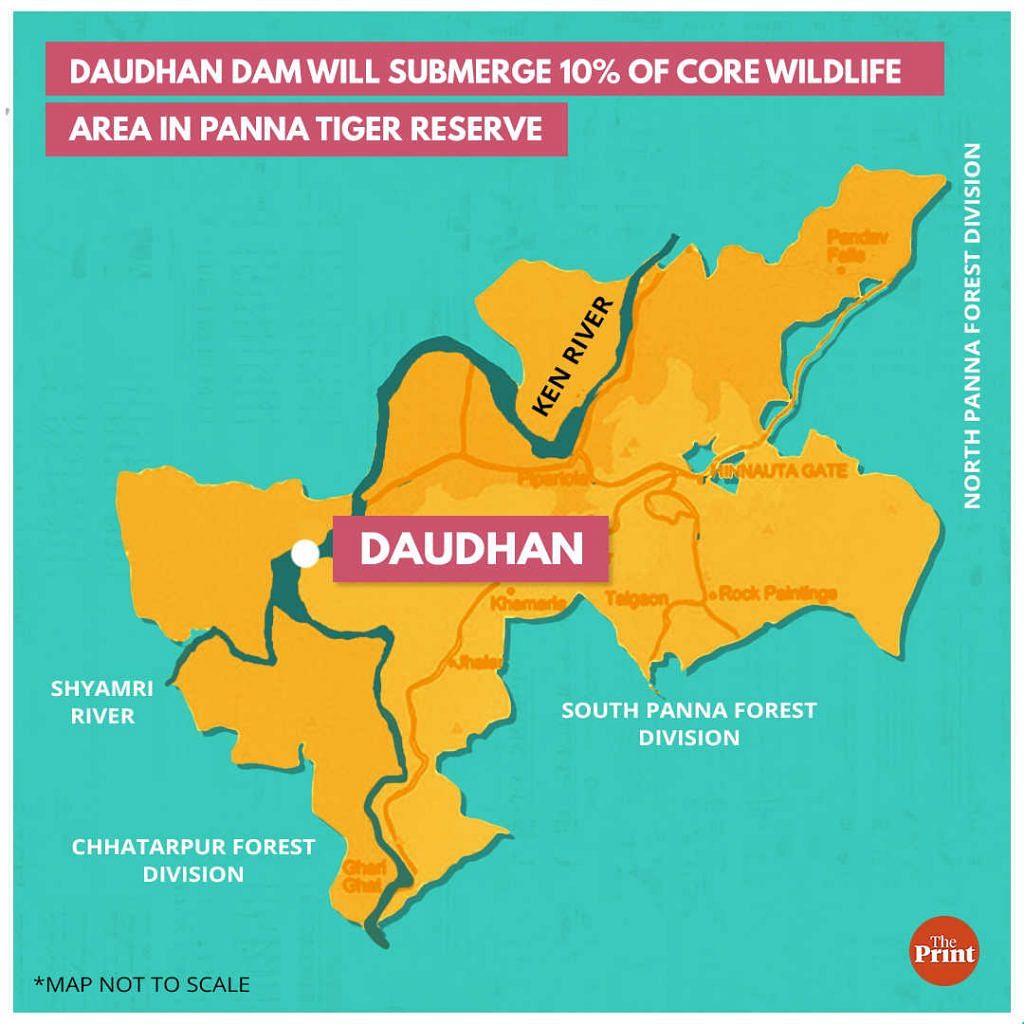
“No one knows what exactly will happen when this area is submerged, and how it will affect the ecology,” Uttam Kumar Sharma, field director of Panna Tiger Reserve, says.
The biggest demand from the forest and wildlife department, he added, was to have the submerged land compensated for, so the tiger population does not “dwindle” again. In 2009, the reserve’s tigers had almost gone extinct, and a programme to reintroduce tigers to the area brought up their numbers.
Sharma, however, believes that a large water body — such as the reservoir of the dam— will benefit the park, which otherwise relies on water tankers during the summer months. The minimum storage capacity of the dam, at 240 metres above mean sea level, “will be shallow enough for some animals to cross”, he said.
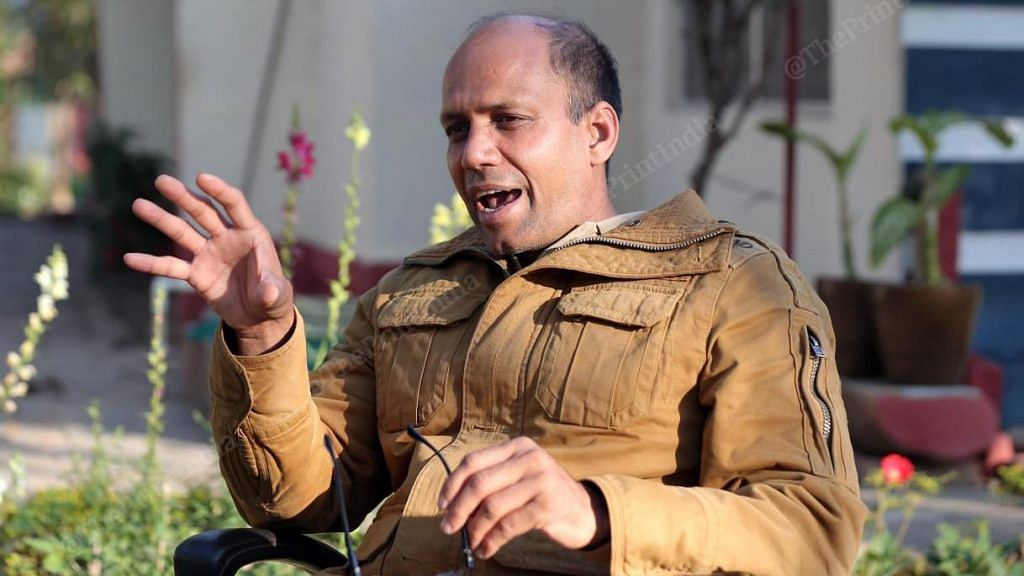
But this is a view that some independent experts — including former field director of the reserve R. Sreenivasa Murthy — do not share.
In his own observations, Murthy, who was also part of a committee to assess the possible impacts of the project, observed that the construction of the dam would lead to habitat fragmentation, destroy a crucial corridor, and threaten the survival of tigers in the reserve. The landscape management plan proposes the Panna tiger reserve be integrated with three more reserves in the vicinity, but they do not have a viable prey population for tigers to survive, Murthy says.
“It will completely destroy the tiger reserve. There is no mitigation effort that can reverse the effects of the construction. There will be piles of muck to create tunnels for the project. The construction may take up to a decade. The disturbance it will create is something that can’t be undone,” Murthy, under whose leadership the tiger population was revived after 2009, says.
The government, however, claims that it is taking steps to mitigate issues arising out of the construction of the dam.
Bhopal Singh of the NWDA says the environmental and landscape management plans were being designed in consultation with the Wildlife Institute of India to ensure least damage is done, and that the government was “serious” about conserving the tiger reserve.
The project is “aimed at not only providing water security in the Bundelkhand region but also ensuring the overall conservation of the region and specially for landscape dependent species such as tiger, vultures, and gharial,” he says.
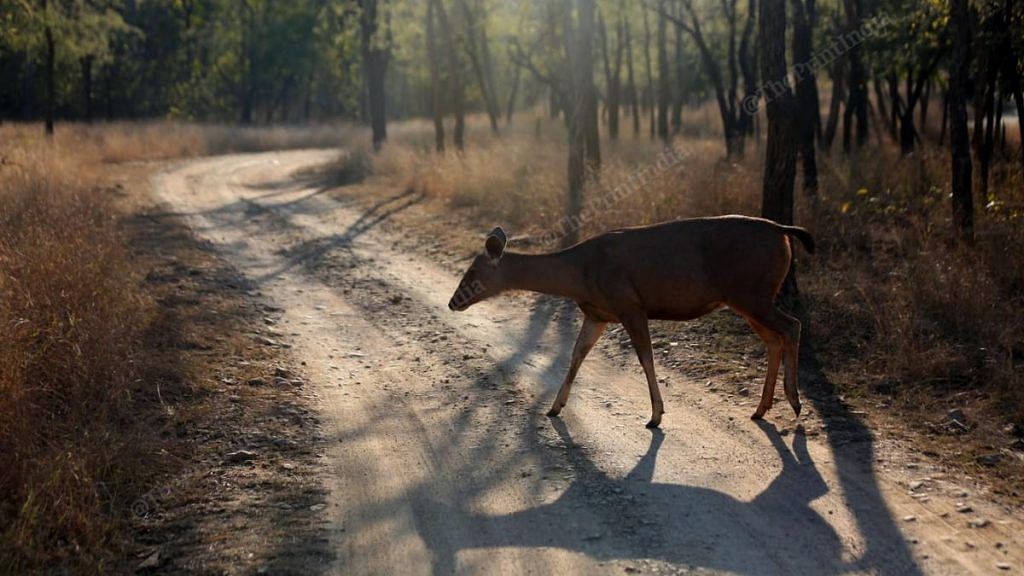
‘We deserve to be told what we stand to gain from this’
Deep inside the forests surrounding the Panna Tiger Reserve, villagers whose lands stand to be submerged had little idea of how quickly things were moving. Many say they had to piece together information about the project from newspapers, word of mouth, and the radio.
“An official came and stuck this notice in the school. He said that if we wanted compensation for our land, we should keep our phone numbers and Aadhaar cards ready. But beyond this we have no idea what it means,” Sunmera Adivasi, a farmer from Ghughari village, peripheral to the tiger reserve, says.
The notice was a preliminary gazette notification issued under the Right to Fair Compensation and Transparency in Land Acquisition, Rehabilitation and Resettlement Act of 2013. The document was bare-bones, stating how many hectares of land is to be acquired from each village under sections 11 and 12 of the Act. It did not mention that the villagers could contest the acquisition of land for up to 60 days, a fact that they learned much later.
Ghughari is one of 10 villages inside and around the reserve that will go underwater, where most of the inhabitants are adivasis and the illiteracy rate is high.
At Daudhan village, after which the 77-metre-high dam is named, a red stone marked where the reservoir will be erected. Here, men squat in a circle playing a game of cards, sheltered by one of the few concrete structures in the village. The rest of the houses are made of mud, roofed with pellets of cow dung.
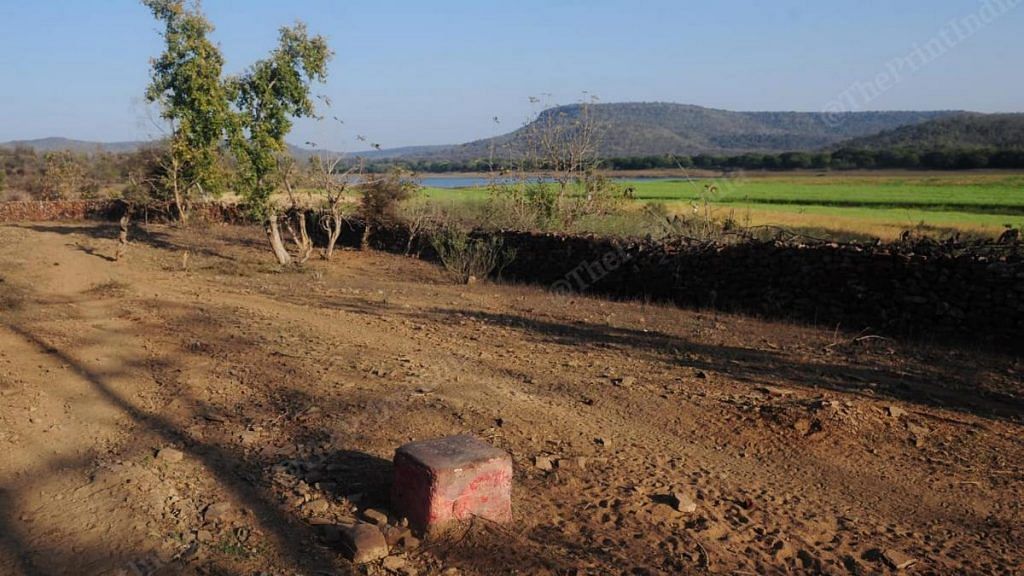
Daudhan’s lack of access to basic development has to do with its contested presence within the tiger reserve, which under the Wildlife Protection Act prohibits any development activity within protected areas, unless for the “benefit” of wildlife.
Villages inside the park have slowly been relocated since 1981, after it was declared a reserve, to reduce human contact with wildlife. In some cases, families didn’t receive the compensation they were promised. Villagers due to be displaced by the Ken-Betwa project worry that they will meet the same fate.
“Life is difficult here. We have nothing, not even stable electricity,” Mahesh Kumar Kodar, the sole school teacher in Daudhan, says. “If moving out means we will have better opportunities, then we are ready. But not without compensation. We demand Rs 50 lakh, and more clarity from the government about the relocation process. We deserve to be clearly told what we stand to gain from this.”
According to the resettlement and rehabilitation plan for the project, drafted in 2014, the Scheduled Castes and Tribes are entitled to a house worth Rs 1.5 lakh and a maximum of 2 acres of land if they are landowners, among other benefits.
Villagers who don’t have land in their name are anxious about what this means for them. Chama Singh, a shop owner in Sukhwaha village, says she bought land from a man who sold it to three other people, and is currently fighting to have it transferred to her name.
“If that doesn’t happen, he’s going to get the compensation and I’m afraid I’ll be left with nothing,” she said. “There are so many people in these villages without land in their names. What will they do?”
(Edited by Asavari Singh)
Also Read: Hunger deaths to ‘rice bowl’: How Odisha’s Kalahandi-Balangir-Koraput corridor turned a corner


